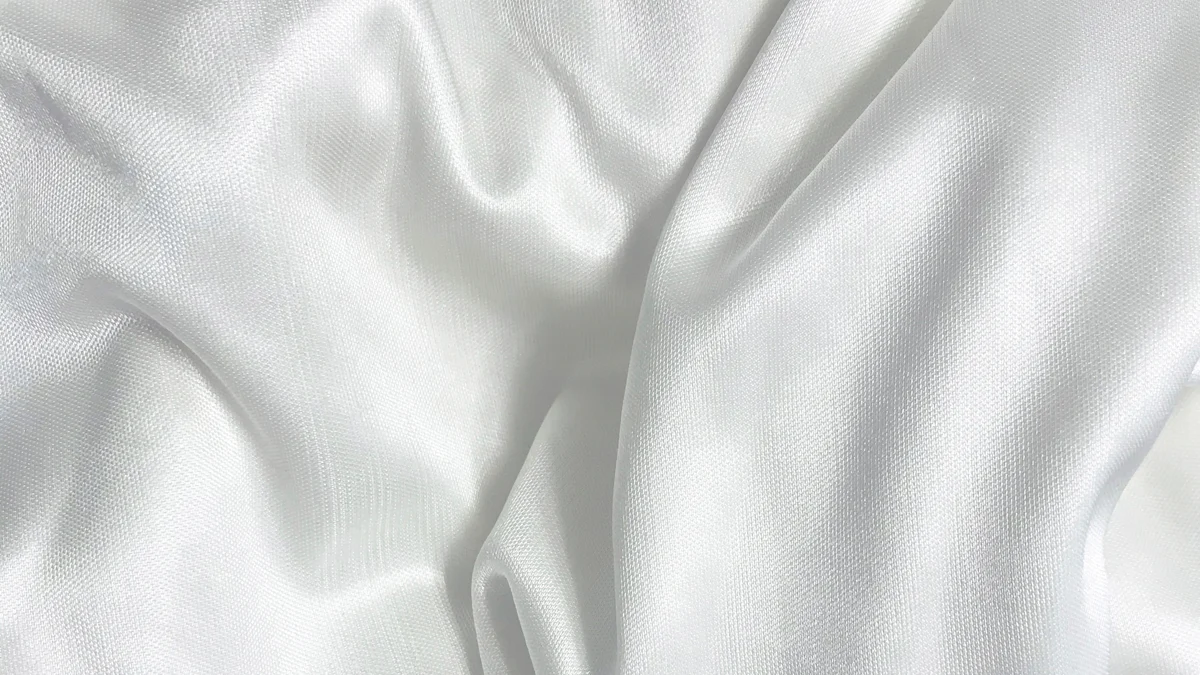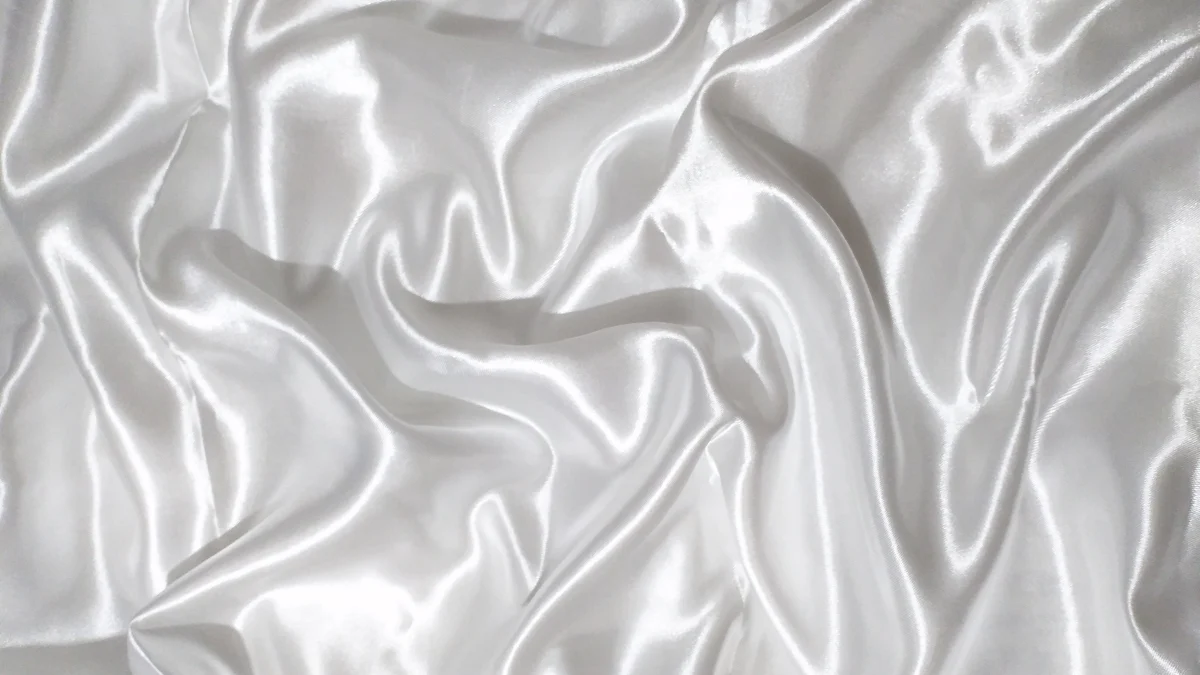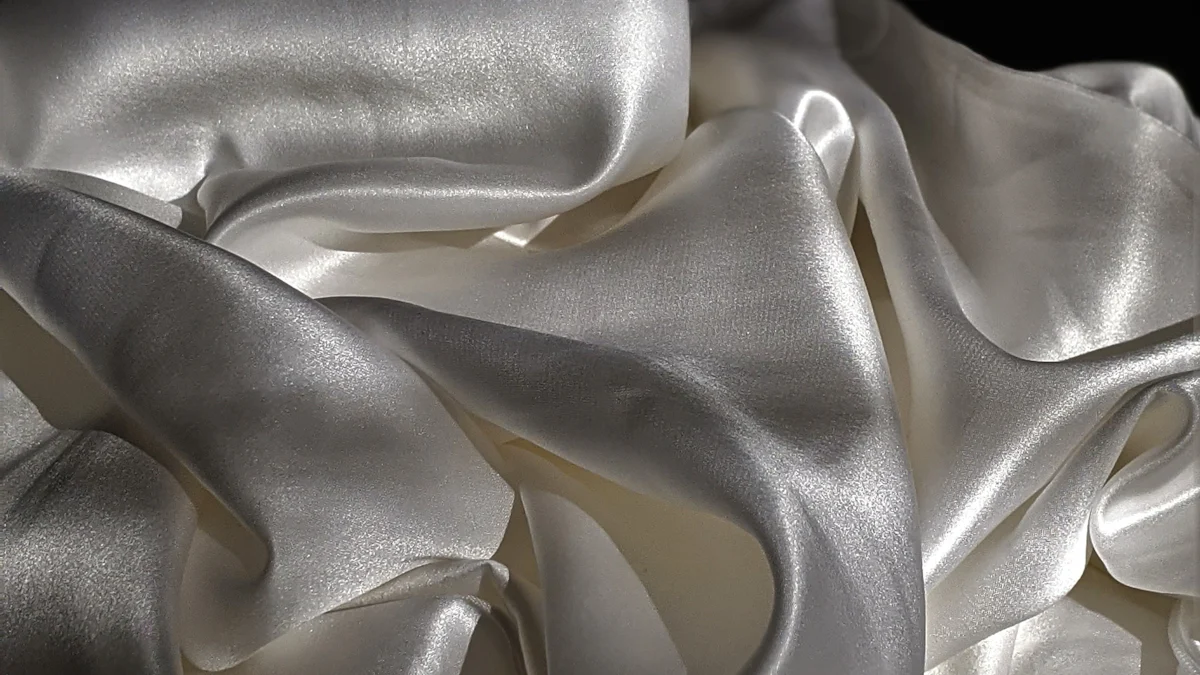
Silk holds a prestigious place in the world of textiles, celebrated for its luxurious feel and exceptional quality. Among the various types, Mulberry silk – which is one of the finest silk products available – often raises questions about its authenticity. Many wonder if Mulberry silk qualifies as real silk. This blog aims to explore and clarify whether Mulberry silk is indeed genuine silk, delving into its production, characteristics, and benefits to provide a comprehensive understanding.
Understanding Silk
What is Silk?
Definition and Origin
Silk is a natural protein fiber produced by certain insects, primarily silkworms. The most renowned source of silk is the Bombyx mori silkworm, which spins its cocoon from a continuous thread of raw silk. This luxurious fabric has a rich history dating back thousands of years, with its origins traced to ancient China.
Types of Silk
Various types of natural silk exist, each with unique characteristics. The primary types include:
- Mulberry Silk: Produced by the Bombyx mori silkworms that feed exclusively on mulberry leaves. Known for its fine quality and smooth texture.
- Tussah Silk: Derived from wild silkworms that consume oak and other leaves. This type of silk has a coarser texture and a natural golden hue.
- Eri Silk: Also known as peace silk, produced without killing the silkworm. Eri silk is valued for its sustainability and ethical production methods.
- Muga Silk: Native to Assam, India, this silk is known for its natural golden color and durability.
Characteristics of Silk
Physical Properties
Silk possesses several distinctive physical properties:
- Softness: Silk fibers are incredibly soft to the touch, providing a luxurious feel.
- Sheen: The triangular structure of silk fibers allows light to refract at various angles, giving silk its characteristic luster.
- Strength: Despite its delicate appearance, silk is one of the strongest natural fibers.
- Elasticity: Silk can stretch up to 20% of its original length without breaking, contributing to its durability.
Benefits of Silk
Silk offers numerous benefits, making it a highly sought-after fabric:
- Comfort: Silk’s natural temperature-regulating properties keep the wearer cool in summer and warm in winter.
- Hypoallergenic: Silk is naturally hypoallergenic, making it ideal for individuals with sensitive skin or allergies.
- Moisture-Wicking: Silk can absorb up to 30% of its weight in moisture without feeling damp, keeping the skin dry and comfortable.
- Biodegradability: As a natural fiber, silk is biodegradable and environmentally friendly, aligning with sustainable fashion trends.
“Silk is highly valued for its softness, sheen, and durability,” according to a report on the silk market in Asia-Pacific. The increasing demand for luxury goods and eco-friendly fabrics drives the popularity of silk.
Understanding these fundamental aspects of silk provides a solid foundation for exploring the specific qualities and authenticity of Mulberry silk.
What is Mulberry Silk?

Production Process
Bombyx mori Silkworms
Mulberry silk originates from the Bombyx mori silkworm. These silkworms are domesticated and raised in controlled environments. The silkworms spin their cocoons using a continuous thread of raw silk. Each cocoon consists of a single thread that can measure up to 1,500 meters in length. The meticulous care in raising these silkworms ensures the production of high-quality silk.
Mulberry Leaves Diet
The diet of Bombyx mori silkworms consists exclusively of mulberry leaves. This specialized diet contributes to the superior quality of Mulberry silk. Mulberry leaves provide essential nutrients that enhance the strength and luster of the silk fibers. The consistent diet results in a uniform and refined silk thread, making Mulberry silk highly coveted in the textile industry.
Unique Characteristics
Texture and Feel
Mulberry silk stands out for its exceptional texture and feel. The long fibers create a smooth and luxurious fabric that feels gentle against the skin. The softness of Mulberry silk makes it ideal for delicate garments and bedding. The evenness of the fibers contributes to a consistent and refined appearance, enhancing the overall aesthetic of the fabric.
Durability and Strength
Despite its delicate feel, Mulberry silk boasts remarkable durability and strength. The long fibers provide resilience, allowing the fabric to withstand wear and tear. Mulberry silk maintains its integrity over time, making it a long-lasting investment. The natural elasticity of the silk fibers adds to its durability, ensuring that the fabric retains its shape and structure.
Comparing Mulberry Silk to Other Silks
Mulberry Silk vs. Tussah Silk
Source and Production
Mulberry silk comes from domesticated Bombyx mori silkworms, which feed exclusively on mulberry leaves. This controlled diet results in a uniform, high-quality silk thread. In contrast, Tussah silk originates from wild silkworms that consume oak and other leaves. The varied diet of wild silkworms leads to a coarser and less uniform silk.
Quality and Texture
Mulberry silk boasts a smooth, luxurious texture due to the long, continuous fibers produced by the Bombyx mori silkworms. The consistent diet of mulberry leaves contributes to the silk’s fine quality and even appearance. Tussah silk, on the other hand, has a rougher texture and a natural golden hue. The irregular diet of wild silkworms results in a less refined fabric.
Mulberry Silk vs. Eri Silk
Source and Production
Mulberry silk is produced by Bombyx mori silkworms raised in controlled environments. These silkworms spin their cocoons using a continuous thread of raw silk. Eri silk, also known as peace silk, comes from the Samia ricini silkworm. The production of Eri silk does not involve killing the silkworm, making it an ethical and sustainable option.
Quality and Texture
Mulberry silk offers a smooth, soft texture ideal for luxury garments and bedding. The long fibers contribute to its durability and strength. Eri silk has a slightly coarse texture compared to Mulberry silk. The ethical production process of Eri silk makes it a popular choice for those seeking sustainable and cruelty-free fabrics.
Mulberry Silk vs. Synthetic Silk
Production Methods
Mulberry silk is a natural fiber produced by the Bombyx mori silkworms. The production process involves careful cultivation of silkworms and harvesting of silk threads. Synthetic silk is manufactured from chemical compounds, often derived from petroleum-based products. The production of synthetic silk involves complex industrial processes.
Quality and Environmental Impact
Mulberry silk stands out for its exceptional quality, softness, and durability. The natural production process ensures that the silk is biodegradable and environmentally friendly. Synthetic silk lacks the same level of quality and comfort. The production of synthetic silk has a significant environmental impact due to the use of non-renewable resources and the release of harmful chemicals.
“Mulberry silk is recognized worldwide as the best quality of silk,” according to industry experts. The meticulous production process and superior characteristics make Mulberry silk a highly sought-after fabric in the textile industry.
Benefits of Mulberry Silk

Health and Beauty Benefits
Skin and Hair Care
Mulberry silk provides exceptional benefits for skin and hair care. The smooth texture reduces friction, preventing hair breakage and split ends. Sleeping on silk products like pillowcases can help maintain hair moisture, reducing frizz and keeping hair manageable. The protein fibers in Mulberry silk contain amino acids that nourish the skin, promoting a youthful appearance. This fabric also minimizes sleep creases on the skin, which can contribute to fewer wrinkles over time.
Hypoallergenic Properties
Mulberry silk stands out for its hypoallergenic properties. This natural fiber resists dust mites, mold, and mildew, making it ideal for individuals with allergies. The antibacterial nature of Mulberry silk further enhances its suitability for sensitive skin. Unlike other fabrics, silk products do not cause irritation or allergic reactions, providing a comfortable and safe option for those prone to skin issues.
Practical Benefits
Longevity and Maintenance
Mulberry silk offers remarkable durability, making it a long-lasting investment. The strong fibers withstand wear and tear, maintaining their integrity over time. Proper care ensures that silk products retain their luxurious feel and appearance. Washing Mulberry silk in cold water and using mild detergents can prolong its lifespan. Avoiding direct sunlight and excessive heat helps preserve the fabric’s quality.
Environmental Sustainability
Mulberry silk aligns with sustainable fashion trends due to its biodegradable nature. This natural fiber decomposes without harming the environment, unlike synthetic alternatives. The production process of Mulberry silk involves minimal chemical use, reducing environmental impact. Choosing silk products supports eco-friendly practices and promotes a sustainable lifestyle.
“Mulberry silk is lightweight, soft, absorbent, and rich in nutrients,” according to textile experts. These characteristics make Mulberry silk an excellent choice for those seeking high-quality and environmentally conscious silk products.
How to Identify Real Mulberry Silk
Visual and Physical Tests
Luster and Sheen
Real Mulberry silk exhibits a unique luster. The triangular structure of the silk fibers refracts light at various angles, creating a natural sheen. This sheen appears soft and glowing rather than shiny or glossy. Synthetic silks often lack this characteristic luster. Observing the fabric under natural light can help identify genuine Mulberry silk.
Touch and Feel
Mulberry silk feels exceptionally smooth and luxurious. The long, continuous fibers contribute to its softness. Rubbing the fabric between fingers should feel cool and smooth. Synthetic fabrics may feel rough or sticky in comparison. The texture of Mulberry silk remains consistent and even, enhancing its overall quality.
Chemical Tests
Burn Test
The burn test provides a reliable method to identify real Mulberry silk. Cutting a small piece of the fabric and burning it can reveal its authenticity. Genuine Mulberry silk burns slowly and emits a smell similar to burning hair. The ash residue should be black and brittle. Synthetic fabrics, on the other hand, melt and produce a chemical odor. The ash from synthetic materials tends to be hard and bead-like.
Dissolution Test
The dissolution test involves using a chemical solution to test the fabric. Real Mulberry silk dissolves in a solution of chlorine bleach. Placing a small piece of the fabric in bleach for a few minutes should cause it to dissolve completely. Synthetic fabrics do not dissolve in bleach. This test confirms the presence of natural protein fibers in Mulberry silk.
“Mulberry silk is not only real silk – mulberry silk is the highest quality silk,” says Calidad Home, a renowned expert in silk production. This statement underscores the importance of identifying genuine Mulberry silk to ensure the best quality and benefits.
Mulberry silk stands as a testament to luxury and quality. The blog has explored its production, unique characteristics, and benefits. Mulberry silk is indeed real silk, produced by the Bombyx mori silkworms.
Consider mulberry silk for its numerous advantages:
- Health and Beauty: Recommended by beauty experts and dermatologists for skin and hair benefits.
- Durability: Offers remarkable strength and longevity.
- Sustainability: Aligns with eco-friendly practices.
“This is why mulberry silk is recommended by beauty experts and dermatologists.”
Embrace mulberry silk for a blend of luxury and practicality.
Post time: Jul-10-2024
